When your dog acts out, it might feel like they’re testing boundaries or just being “naughty.” But often, those little (or not-so-little) infractions are their way of signaling a need or discomfort. From digging up your garden to ignoring commands, these behaviors might be clues to their unique personality or unmet needs. Let’s break down what your dog’s mischief might really mean.
1. Chewing Anything in Sight

Chewing on shoes, furniture, or seemingly anything they can sink their teeth into is often a dog’s way of managing stress or excess energy. Stress-relief chewing might spike during changes in routine or when they’re left alone too long. Providing appropriate chew toys and calming activities can help if chewing is a recurring issue. When their needs are met, the shoe casualties should decrease.
2. Ignoring Commands

If your dog suddenly ignores commands they used to follow, it could be more than just stubbornness—it’s their way of asserting independence. Dogs are intelligent, and they may want to explore more on their terms as they grow more confident. Reinforcing training with treats or praise and setting consistent expectations shows them that autonomy is fine, but boundaries still exist.
3. Digging Holes

Digging up the backyard might look like destruction, but it’s often driven by instinct. Some dogs dig to relieve boredom, while others have a natural drive to dig due to their breed or lineage. For instance, terriers were bred for digging and hunting, so it’s more instinctual than naughty. Redirecting their digging with toys or sand pits can save your garden and satisfy their digging urge.
4. Stealing Food
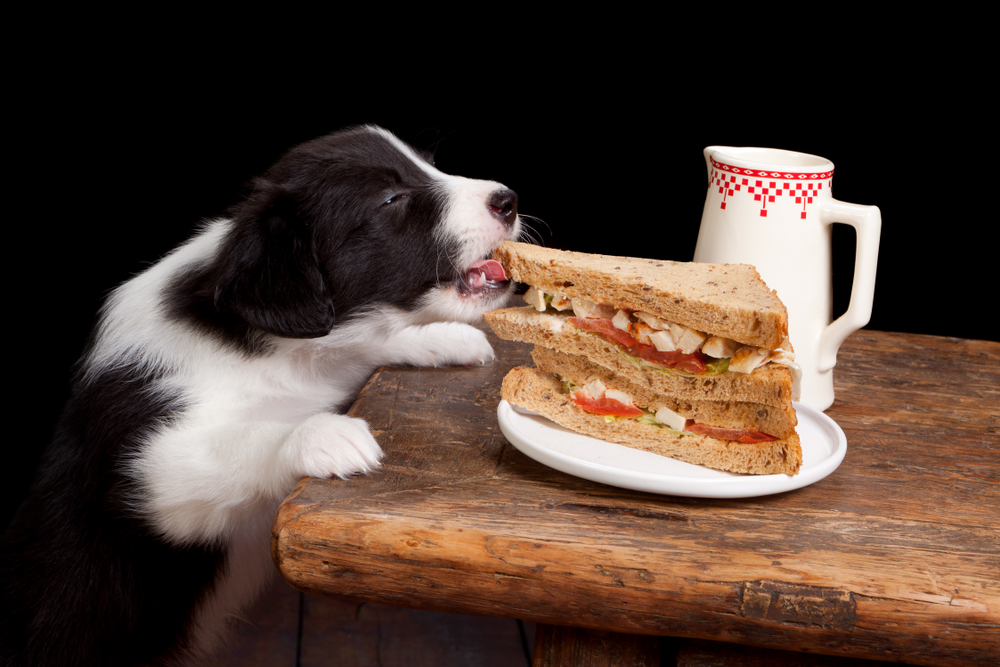
If your dog can’t resist swiping snacks off the counter, they might be acting on a genuine nutritional need—or perhaps just a love for variety. Dogs with high-energy or poor-quality diets might seek out extra calories. Ensuring a balanced diet with the proper nutrients and feeding schedules can curb the need for “food theft.” Plus, keeping temptation out of reach helps manage their kitchen raids.
5. Jumping on People
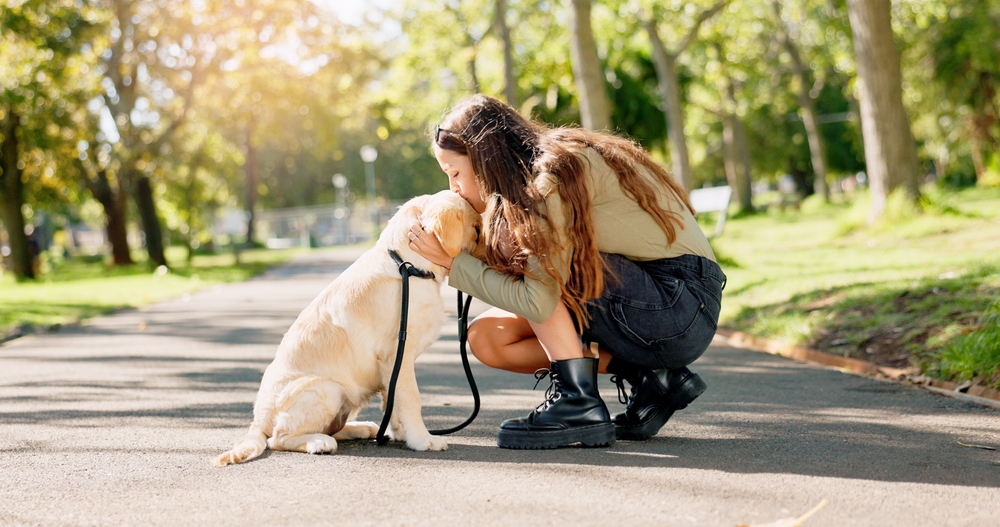
Jumping up to greet you or guests might seem naughty, but it’s often a dog’s way of saying, “I’m thrilled to see you!” Since dogs don’t always know that paws-off is preferred, this behavior can be gently redirected. Teaching them an alternate greeting, like sitting or waiting, allows them to express that excitement without overwhelming you or your visitors.
6. Barking Excessively
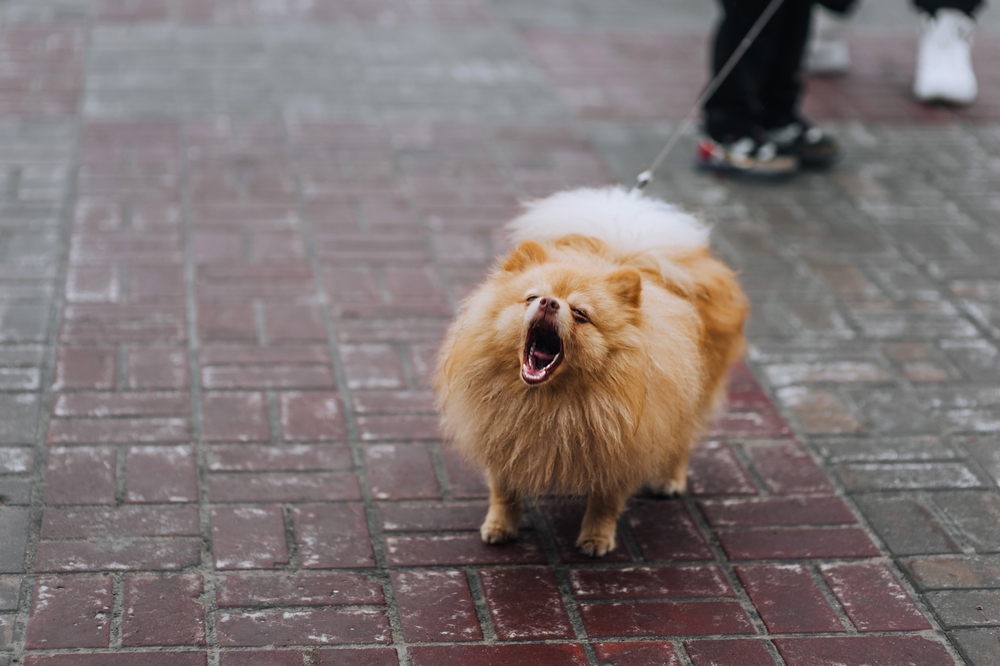
If your dog barks when you’re not giving them the time of day, they’re likely signaling that they need interaction or playtime. Attention-seeking barking is common in dogs who crave stimulation. By scheduling play sessions, you can reduce this type of barking and keep their attention in more productive ways. Acknowledging their need without reinforcing the barking also makes a big difference.
7. Escaping or Running Off
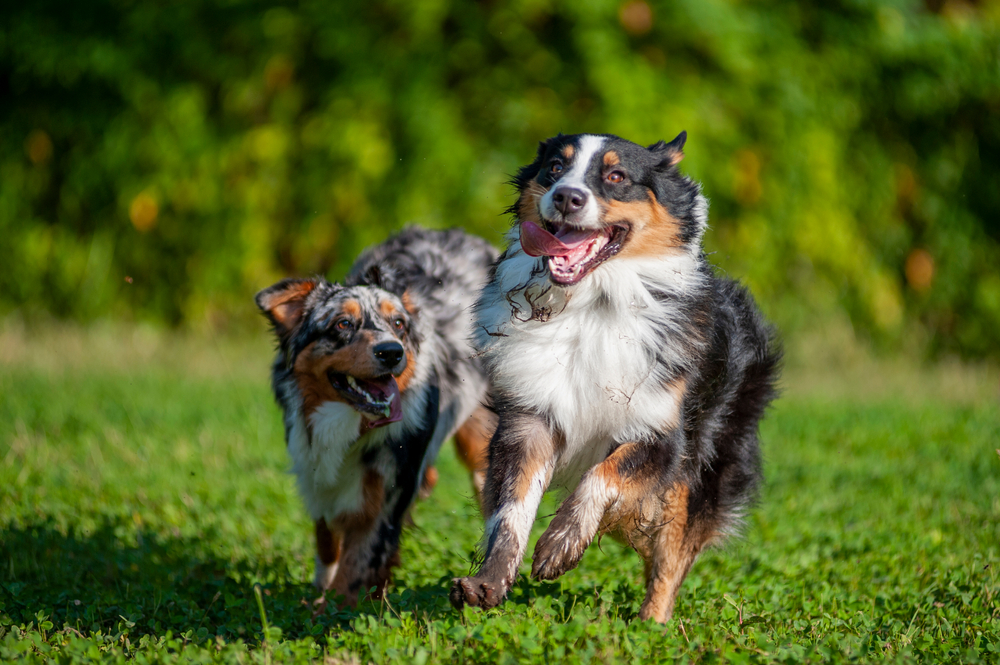
Dogs with strong wandering instincts, like hounds or shepherds, might escape or run off at any opportunity. This isn’t “bad behavior” but rather a desire to explore and track new scents. Ensuring regular walks, exploring new routes, and interactive games can help keep their roaming tendencies in check. For true escape artists, reinforcing fences and teaching strong recall can make all the difference.
8. Showing Aggression

Aggressive behaviors toward other dogs, strangers, or even family members can indicate that your dog feels unsafe or needs stronger boundaries. Aggression isn’t just “naughtiness” but often signals that they’re stressed or need protection. Positive reinforcement training and socialization can help reduce aggression, making your dog feel more secure and less likely to react defensively.
9. Guarding Their Toys or Food
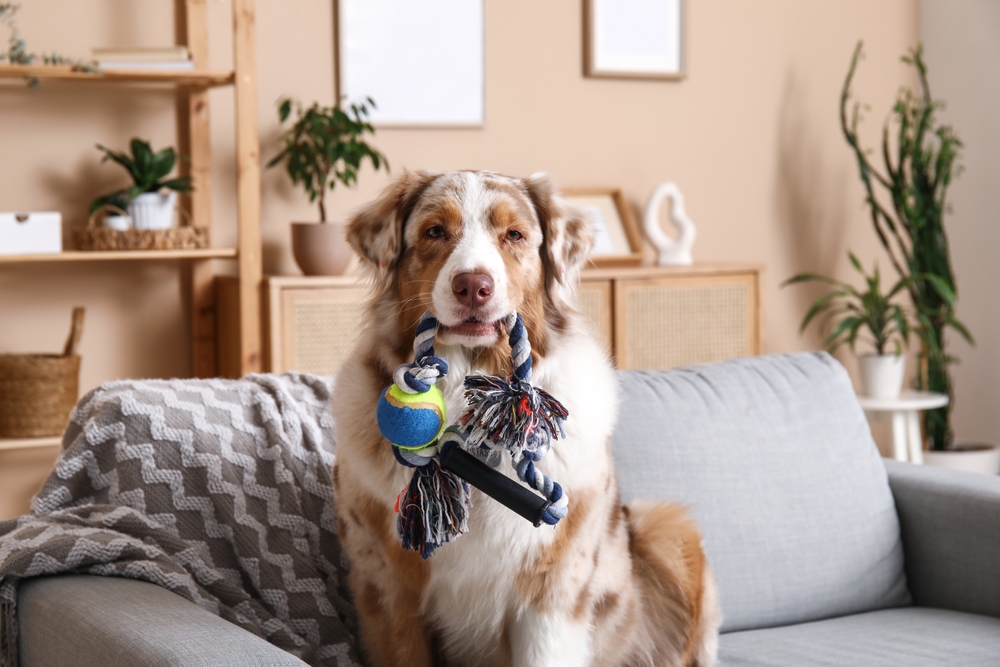
If your dog fiercely protects toys, food, or even you, they instinctively guard resources. This behavior, called “resource guarding,” often stems from a need to feel secure. You can reduce guarding tendencies by teaching them that these resources aren’t under threat. Simple trust-building exercises help your dog learn they don’t have to claim everything as “theirs.”
10. Peeing in the House
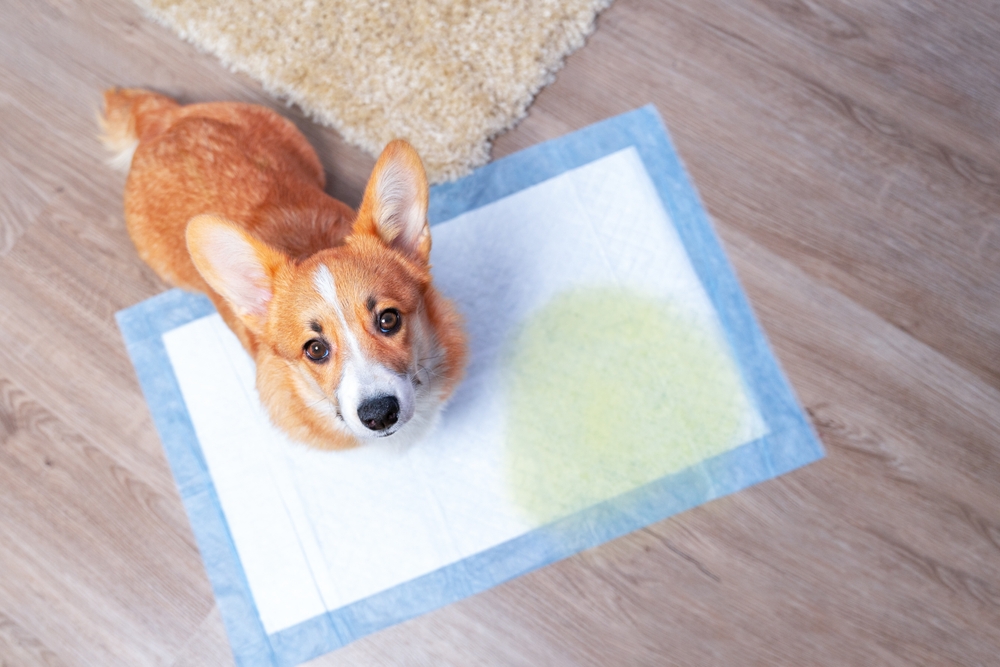
When a house-trained dog starts having accidents indoors, it can be a sign of stress, insecurity, or even a health issue. Major changes, like moving or introducing new pets, can lead to indoor marking as a response to the shift. Ensuring consistency and giving them plenty of outdoor breaks can help. If this behavior continues, consulting a vet is wise to rule out medical concerns.
